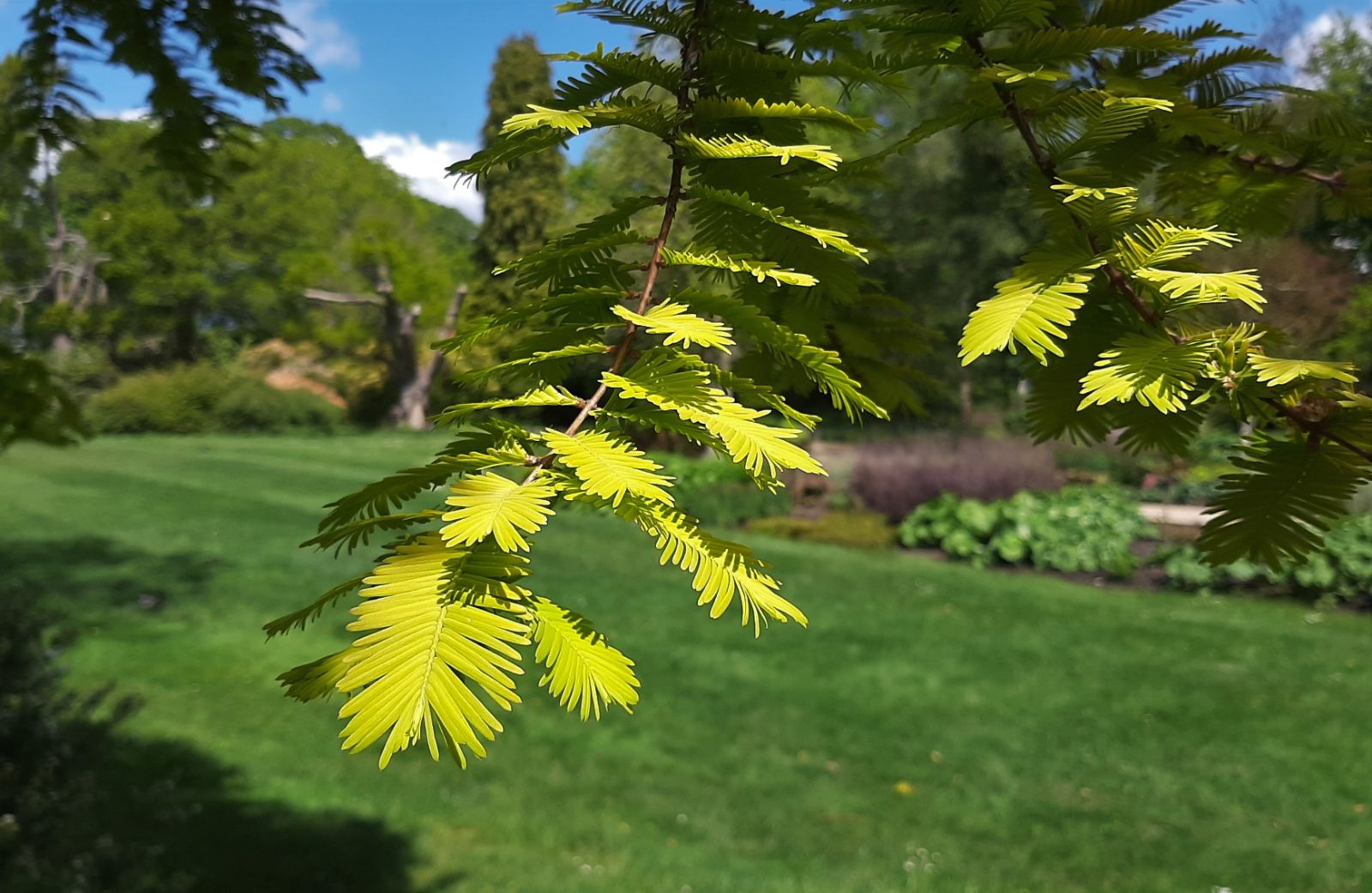
Previous studies reported that moderate thinning treatment could be more effective to conserve vegetation carbon storage. In recent years, some studies have focused on the implications of thinning for carbon. Most research on forest thinning has been performed to identify silvicultural practices to produce optimal stand growth. Thinning and underplanting are two important silvicultural strategies to change the monoculture stand structure, and they are widely applied in plantation management. Therefore, much attention has been given to forest management to improve carbon sinks and mitigate global climate change, for example, increase of forested land area through reforestation, increase of the carbon density of existing forests at stand and landscape scales, and reduction of carbon emissions from deforestation and degradation.Ĭhanges of forest structure will lead to different forest environments, which will further influence forest growth and total carbon stocks. Many studies have reported that forest management practices might affect carbon dynamics in forest ecosystems. Nearly 3 billion tons carbon of anthropogenic carbon every year (3 Pg C year −1) was removed through net growth. Introductionįorests play an important role in the global carbon cycle more than 80% of all terrestrial aboveground carbon and more than 70% of all soil organic carbon are stored in forest ecosystems. glyptostroboides plantations in the coastal areas of Eastern China. This study concludes that 30% thinning and underplanting after thinning could be more favorable to carbon sequestration for M. The soil respiration of the underplanted treatment was significantly higher than that of the unthinned treatment only in July ( ).

The soil light fraction organic carbon (LFOC) was significantly higher at the 0–15 cm soil layer in the thinned and underplanted stands compared with that in the unthinned stand ( ).

Total ecosystem carbon storage showed no significant difference between the underplanted and thinned treatments ( ). The total forest ecosystem carbon storage in the underplanted and thinned treatments increased by 35.3% and 26.3%, respectively, compared with that in the unthinned treatment, an increase that mainly came from the growth of vegetation aboveground. The soil and litterfall carbon storage in the underplanted treatment were significantly higher than those in the unthinned treatment ( ). The vegetation carbon storage significantly increased in the underplanted and thinned treatments compared with that in the unthinned treatment ( ).
#Adding deoth to metasequoia plus
Two treatments, thinning (30% thinning intensity) and underplanting plus thinning, are being implemented in a coastal Metasequoia glyptostroboides forest shelterbelt in Eastern China. Forest structural change affects the forest’s growth and the carbon storage.


 0 kommentar(er)
0 kommentar(er)
